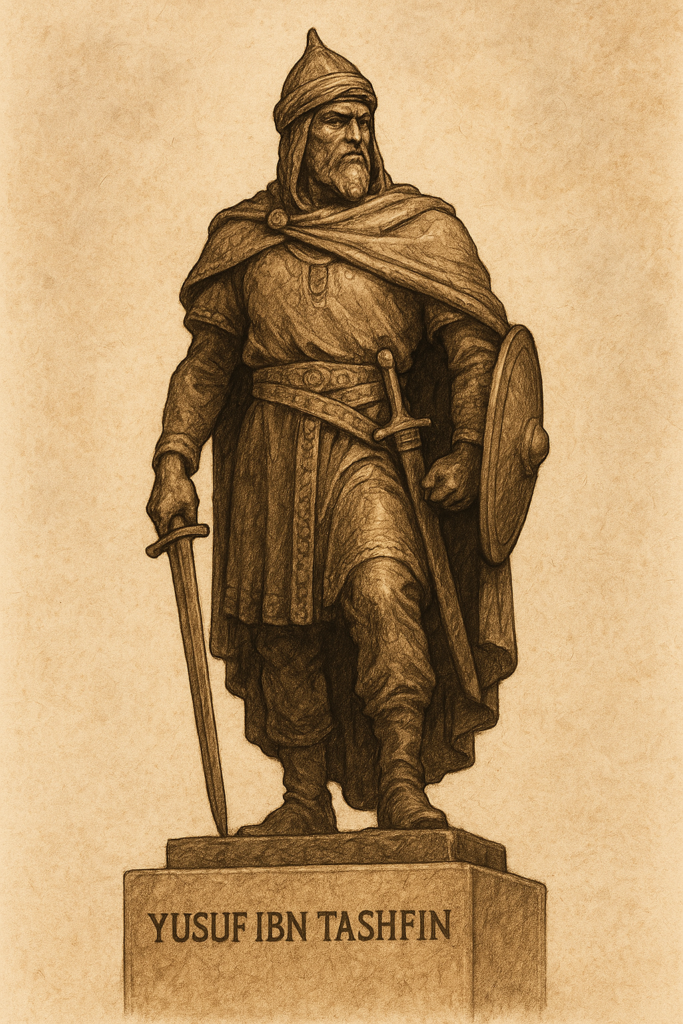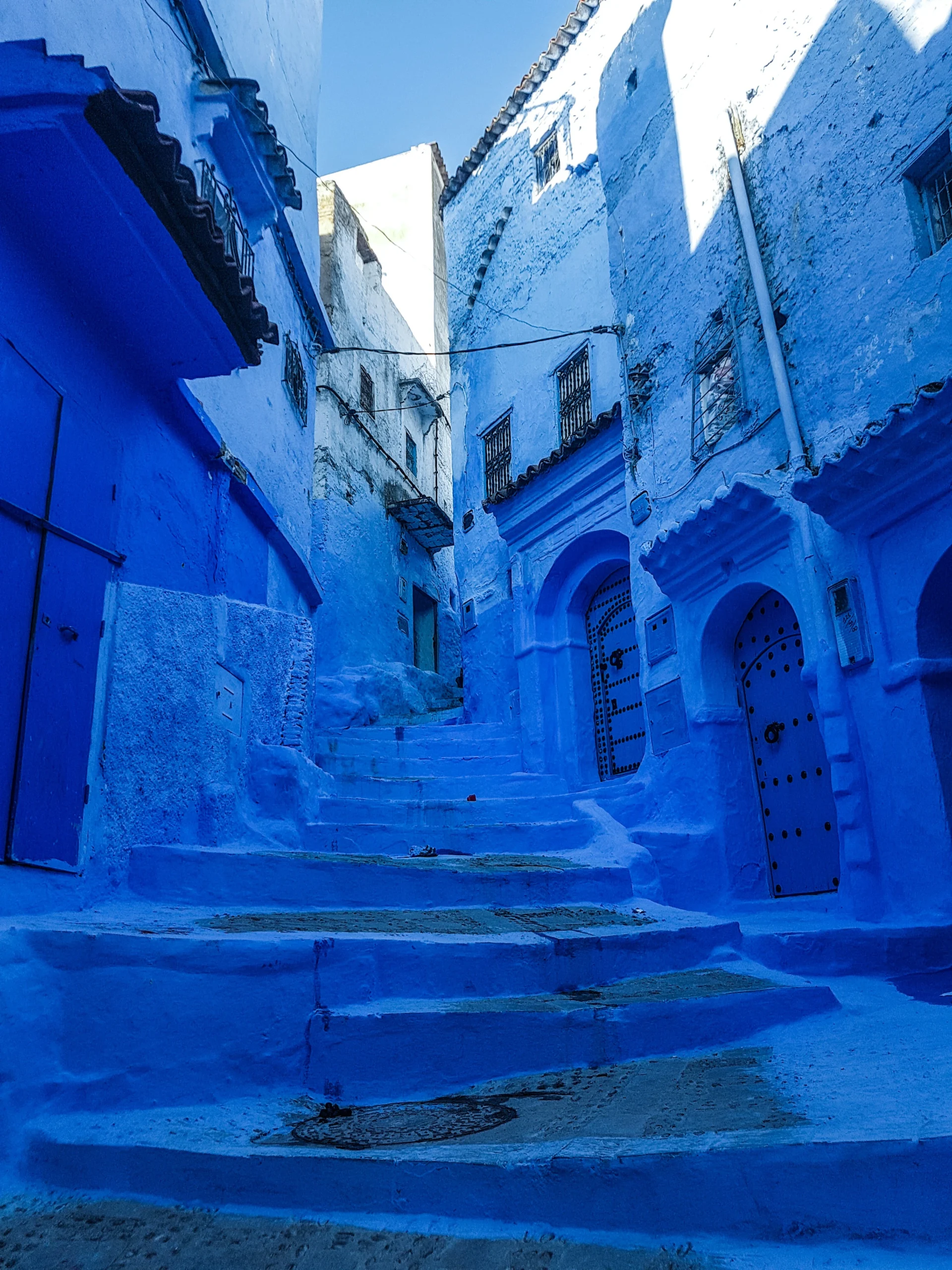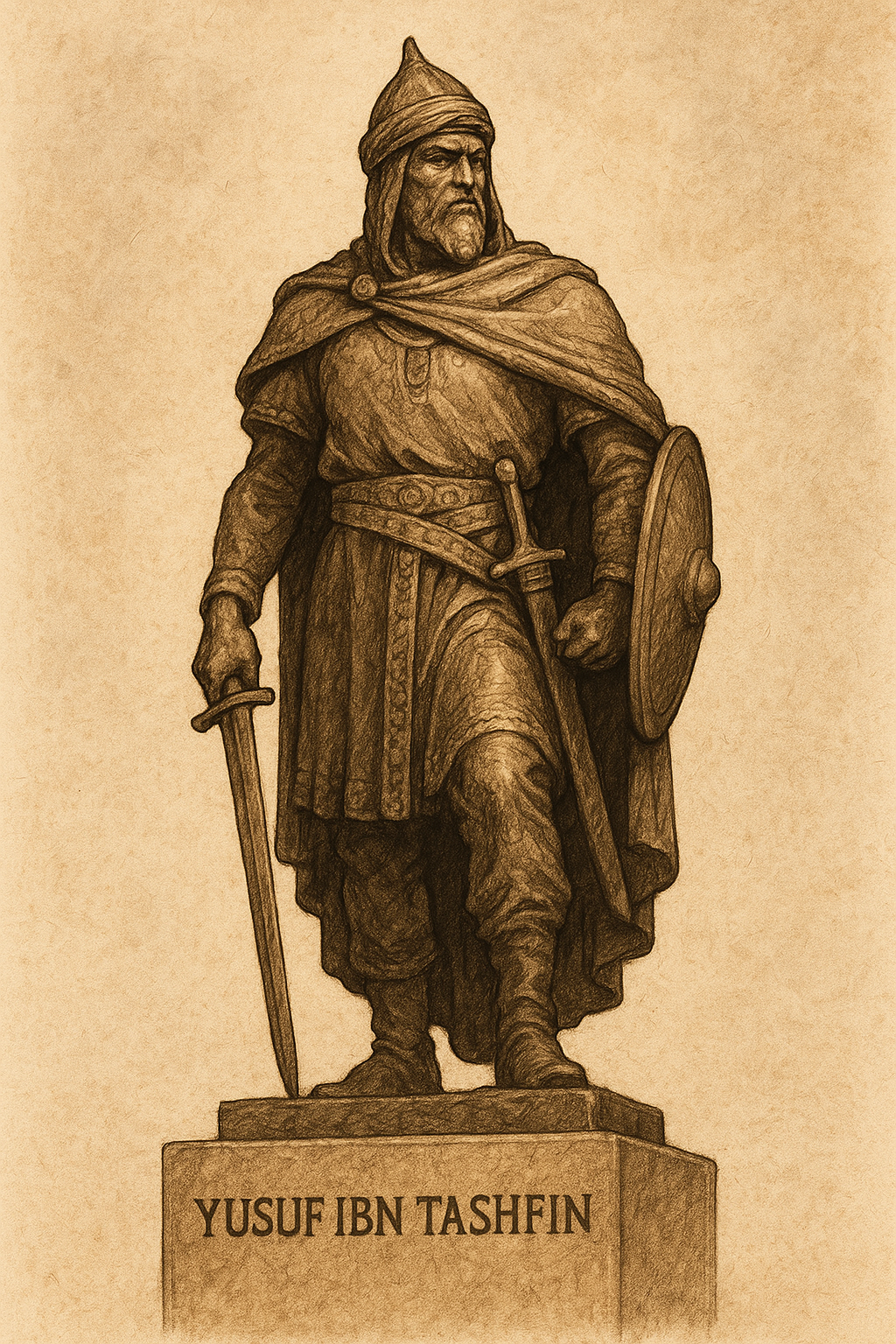The founder of Marrakech, Yusuf ibn Tashfin, is a name that should be etched in the memory of every traveler to Morocco. His profound influence goes far beyond the establishment of this iconic city in 1062; he was the mastermind behind the creation of a powerful empire that spanned vast territories across North Africa and parts of Spain. Despite his immense impact on both the city and the wider region, the story of Yusuf ibn Tashfin remains largely untold to the masses, overshadowed by the sands of time.
Yusuf was no ordinary leader. He was a visionary Amazigh (Berber) warrior whose leadership style and strategic prowess left an indelible mark on the course of history. Not only did he lay the foundations for one of the most significant empires of the medieval era, but he also built the “Red City” of Marrakech, a place that would become synonymous with both beauty and power.
As we explore the life of this legendary figure, we uncover 7 surprising facts about Yusuf ibn Tashfin that reveal the complexities of the man who transformed Morocco and shaped its future in ways few could have imagined.
1. He Was an Amazigh Warrior from the Sahara
Yusuf ibn Tashfin wasn’t Arab—he was an Amazigh (Berber) from the Sanhaja tribe, born in the western Sahara. His early life was steeped in desert survival, tribal codes, and spiritual discipline. His Amazigh roots deeply influenced the values of the empire he built: simplicity, justice, and freedom.
2. He Founded Marrakech as a Military Base—Not a City
In 1062, Yusuf established Marrakech as a simple military camp for his forces. Strategically located at the crossroads of Saharan trade routes and High Atlas passes, it grew rapidly into a political and economic powerhouse. The name Marrakech comes from the Amazigh phrase “mur (n) akush”, meaning “Land of God.”
3. He Was a Devout and Humble Ruler
Despite ruling a vast empire, Yusuf ibn Tashfin wore simple clothes, refused royal titles like “king,” and lived modestly. He preferred the title “Amir al-Muslimeen” (Commander of the Muslims), and his leadership style emphasized religious justice, humility, and service to his people.
4. He United Morocco and Parts of Spain Under One Banner
Yusuf didn’t just conquer Morocco—he helped defend Islamic Spain (Al-Andalus) from the Christian Reconquista. His victory at the Battle of Zallaqa in 1086 secured the survival of Muslim rule in Iberia for generations and earned him widespread respect across the Muslim world.
5. He Founded the Almoravid Empire
Yusuf wasn’t just the founder of Marrakech—he was the architect of a massive Amazigh empire stretching from Senegal and Ghana to Algeria and Spain. This made him one of the most powerful rulers of the 11th century, and his governance introduced a new level of organization and religious unity across North Africa.
6. His Dynasty Built the First Mosques and Walls of Marrakech
The earliest architecture of Marrakech—its city walls, Koutoubia Mosque foundations, and Kasbah—all trace back to Yusuf’s era. The Almoravids brought a new style of Amazigh-Islamic architecture, blending Saharan simplicity with Andalusian elegance.

7. He Is Buried in a Hidden Tomb in Marrakech
Yusuf ibn Tashfin died in 1106 and is believed to be buried somewhere in Marrakech, though his tomb remains unmarked and lost to history. Some historians claim it lies near Bab Doukkala, while others suggest it’s under the city’s foundations—adding a layer of mystery to his already legendary legacy.
🟢 Final Thoughts
The story of Yusuf ibn Tashfin is not just about conquest—it’s about cultural fusion, faith, and visionary leadership. If you’re exploring Morocco, especially Marrakech, take a moment to remember the Amazigh warrior whose legacy built the “Red City” from dust.
🔗 Want to explore more Amazigh heritage?
👉 Join a Cultural Tour with Stella Nomadica







